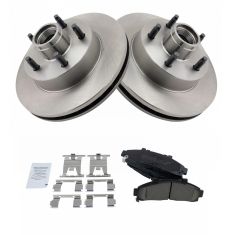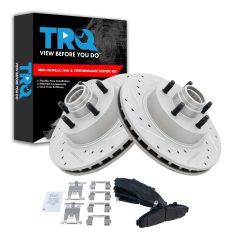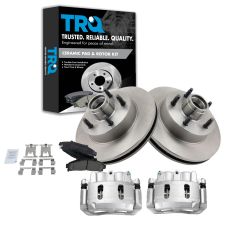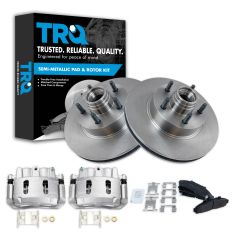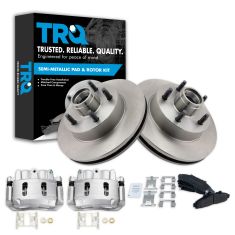1ABFS01406-Ford Ranger Mazda B2300 B3000 B4000 Front Semi-Metallic Brake Pad & Rotor Kit TRQ BKA11162
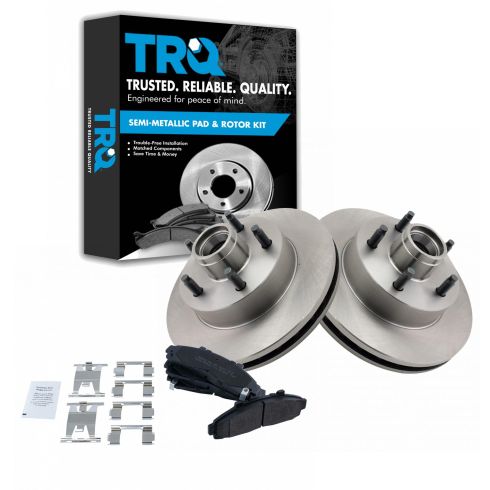
Replaces
2001 Mazda B2300 Truck with 10.25 in. (260mm) Diameter Front Rotors Front Semi-Metallic Brake Pad & Rotor Kit TRQ BKA11162

Product Reviews
Loading reviews
4.50/ 5.0
4
4 reviews
Rotors too small pads just right
August 11, 2018
The package arrived on time and in decent shape considering. All of the contents within the package arrived undamaged. When it came time to putting the rotor on to my truck it was too small. Apparently for my truck there are two different types of front rotors so who would know? Anyway I need to return this item and I have yet to receive the email instructions as to what to do to complete that transaction. The brake pads work fantastically. I am sure the rotor would too if it fit my truck. I would still recommend doing further business with this company.
Rotors and bearings
November 30, 2019
1A Auto helped me alot on how to repair my autos on YouTube and to order good parts that work with fast shipping Thanks 1A Auto
March 1, 2022
Works great!
Ok
December 24, 2022
Great
Customer Q&A
I have a 1999 Ranger XLT rear wheel drive with front coil spring suspension. Is this the proper kit?
May 2, 2021
10
This kit is correct if you have 4 wheel ABS and your front rotors match the below measurement:
Front Brake Rotor Diameter: 10.28 in. (261mm)
May 3, 2021
Christa R
Does this come with bearings as well?
February 5, 2024
Mazda is a registered trademark of Mazda Motor Corporation. 1A Auto is not affiliated with or sponsored by Mazda or Mazda Motor Corporation.
See all trademarks.










